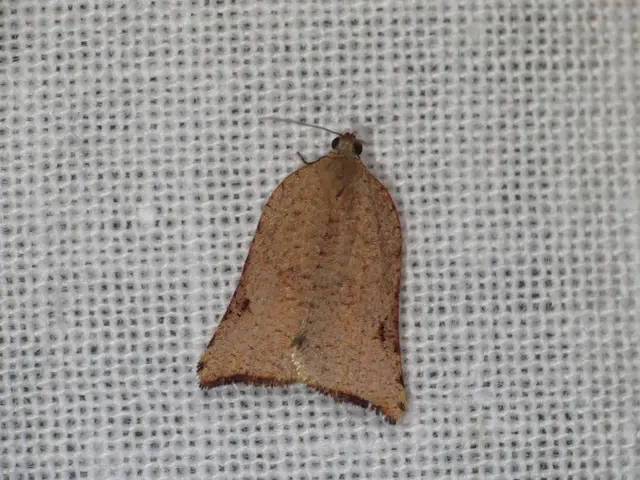A Revolutionary Approach to Rainfall: Drones Take Center Stage
Drones Undergo Rain Detection Trials in China
Approaching the edge of advancement, drone technology is stepping into an exciting new realm - aiding in targeted rainfall inducement. In response to escalating drought issues impacting crops and water resources, Chinese specialists have launched large-scale trials, as revealed by "Ecosphere."
Drones soar into the clouds, making use of ion-silver compounds - remarkable chemicals that trigger rain. Unlike previous methods such as planes or artillery, these drones offer a more precise influence over specific cloud areas, critical for irrigating agricultural lands.
This novel technology boasts not only effectiveness but also eco-friendliness: drones consume less resources and significantly reduce risks associated with heavy machinery. Apart from ensuring rainfall, this method aids in stabilizing water levels within reservoirs and curtailing wildfires.
A quick aside: Several years ago, a researcher at "Sirius" in Sochi created an apparatus for examining the continental shelf.
In the realm of social media, conversation is taking place on VK, OK, Telegram, Viber, WhatsApp, and more. Don't forget to share heralding news like this! #science #UAVs
Analyzing this innovative approach to rainfall enhancement, the effectiveness and environmental impact of drone technology are worth exploring. Here's a rundown of its potential implications:
Effectiveness
- Precipitation Enhancement: Preliminary results from China's trial in Xinjiang saw a notable increase of 4% in rainfall, sparking optimism for its ability to combat drought and bolster agricultural production[2].
- Precise Targeting: Drones' ability to zero in on specific areas offers a significant advantage in terms of optimizing water resources and ensuring that resources aren't wasted.
Environmental Friendliness
- Lower Environmental Impact: Unlike artificial irrigation systems, the drone-based approach strives to strengthen natural precipitation processes, making it more sustainable and resource-efficient.
- Silver Iodide Concerns: Despite being generally considered safe and non-toxic, the long-term implications of using silver iodide extensively in cloud seeding remain to be fully understood, but it is a common agent in cloud seeding and typically does not result in major environmental concerns.
- Water Conservation: By strategically inducing rainfall in targeted areas, this technology helps preserve and conserve water resources, reducing the demand for groundwater pumping.
Challenges and Future Directions
- Cost Efficiency: The high costs associated with deploying drones for rain inducement could present barriers to wider implementation for numerous regions. Developing innovations aimed at reducing costs and enhancing efficiency remains vital for broad adoption.
- Regulatory Frameworks: technology deployment necessitates appropriate regulatory frameworks to ensure safety and environmental requirements are met.
- Continuous Research: Persistent scientific research is essential to further understand the long-term impacts and opportunities for improvement in this technology, such as creating drones suited for diverse weather conditions and refining cloud seeding methods.
Inference: Drone technology for targeted rainfall inducement presents a bright future in combating drought and nurturing agricultural productivity in an eco-friendly manner. However, further study and development are crucial to fully harness its potential.
The revolutionary approach to rainfall enhancement via drone technology showcases potential in both effectiveness and environmental friendliness. The use of silver-iodide compounds triggers precipitation, boosting agricultural production and conserving water resources, since it targets specific areas more precisely compared to conventional methods. However, to fully realize its potential, ongoing research is necessary to address challenges such as cost efficiency, regulatory frameworks, and refining cloud seeding methods while ensuring the technology's long-term safety and environmental impact.




